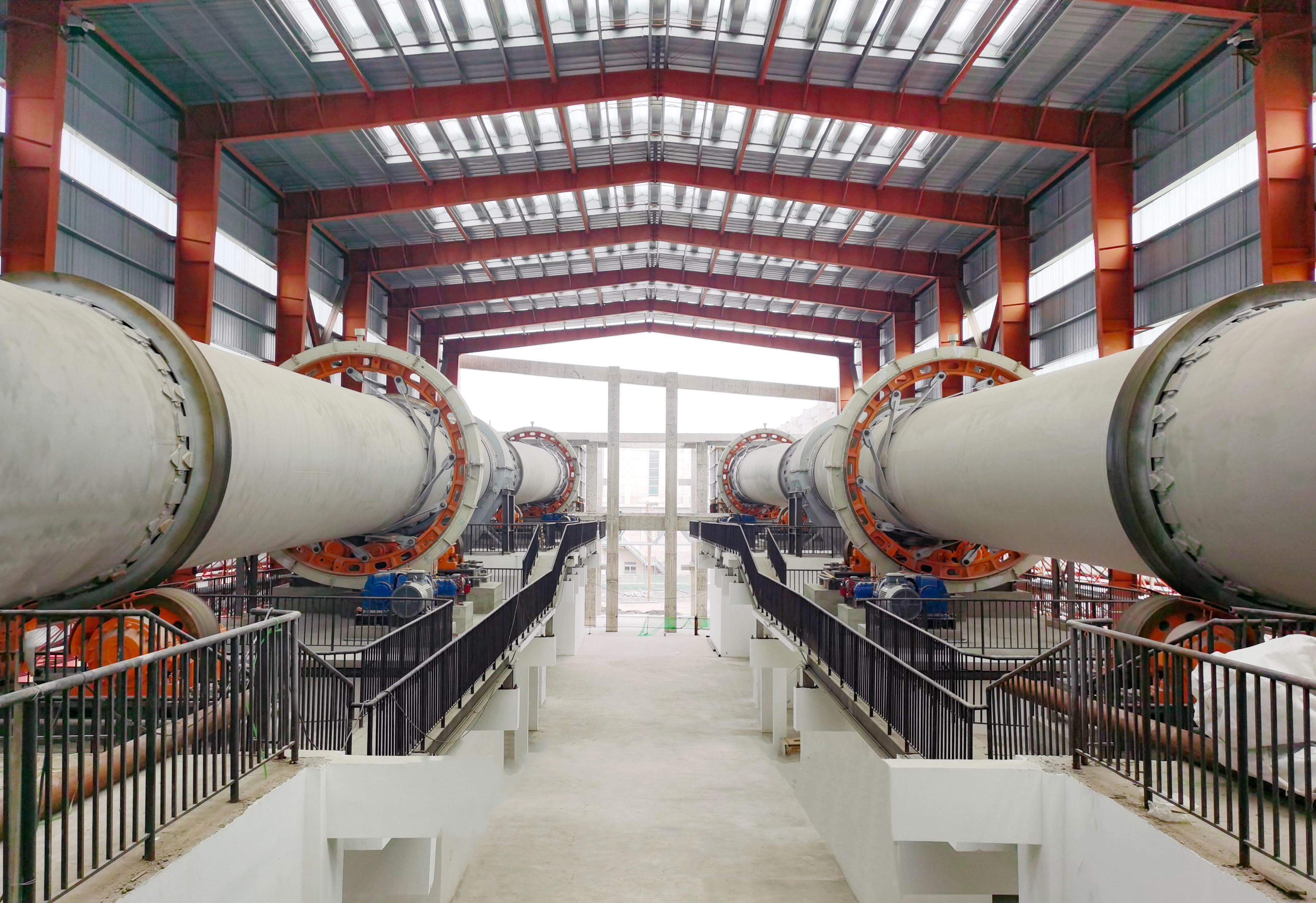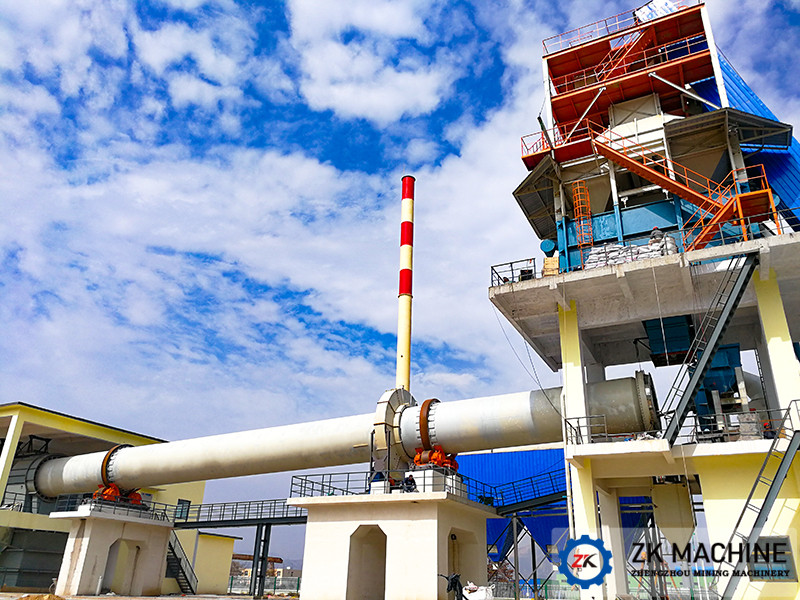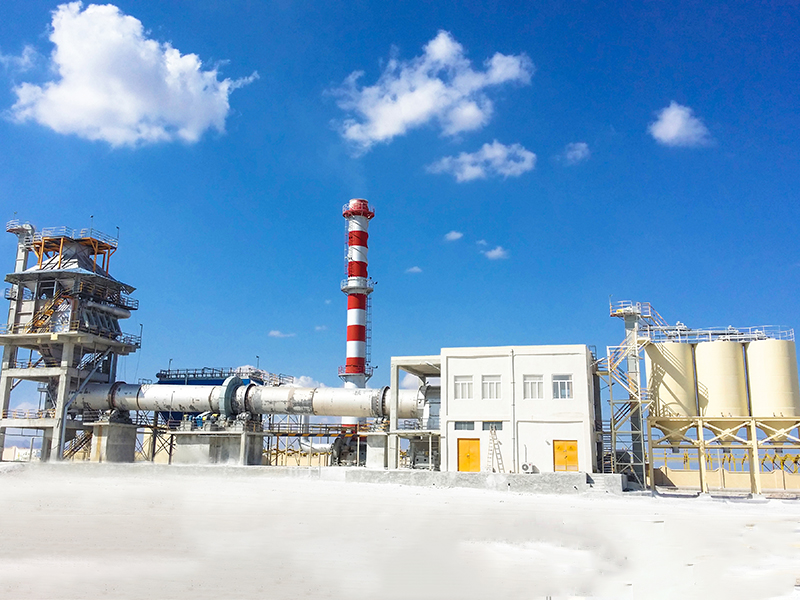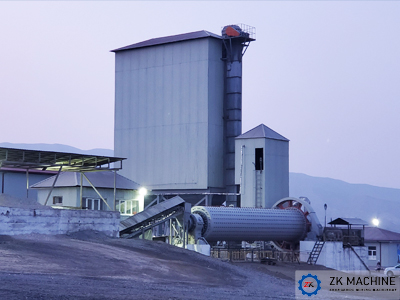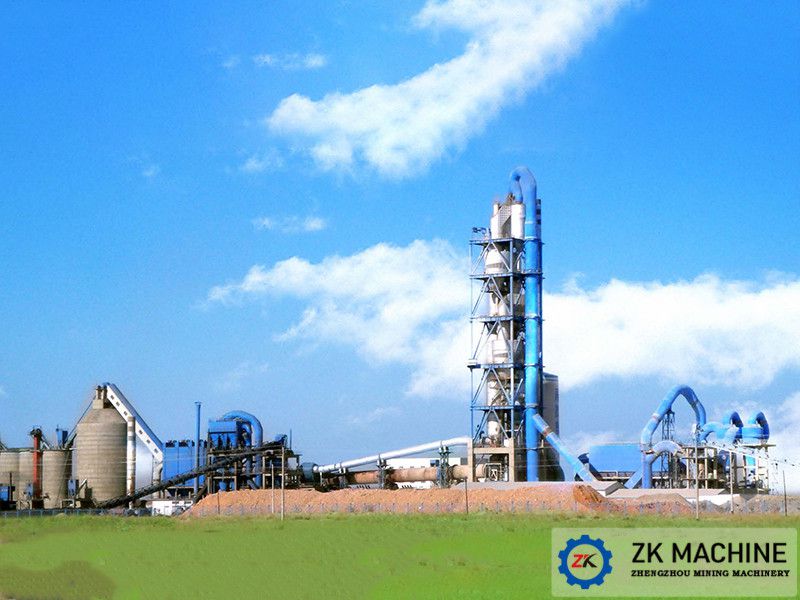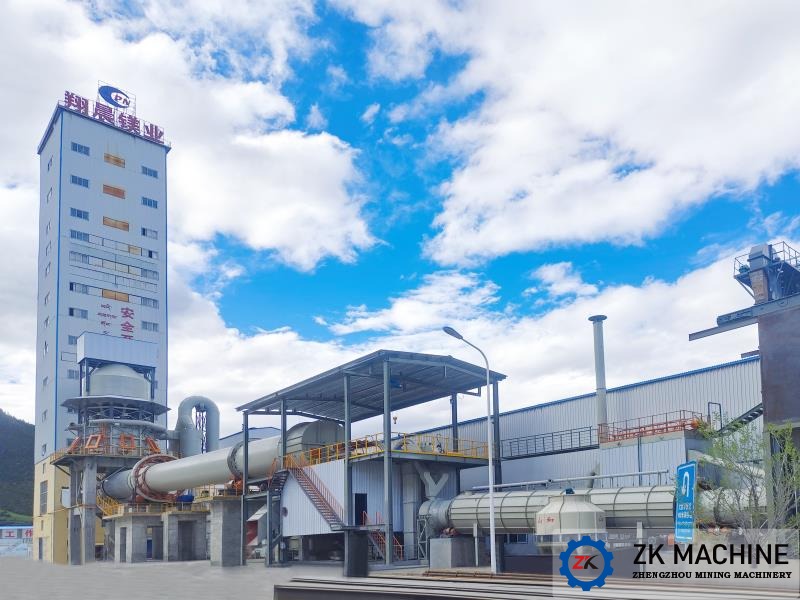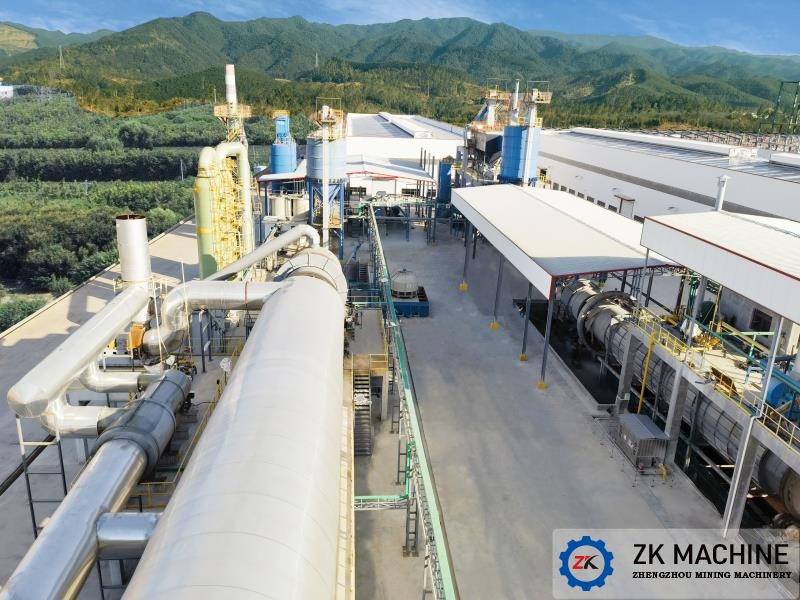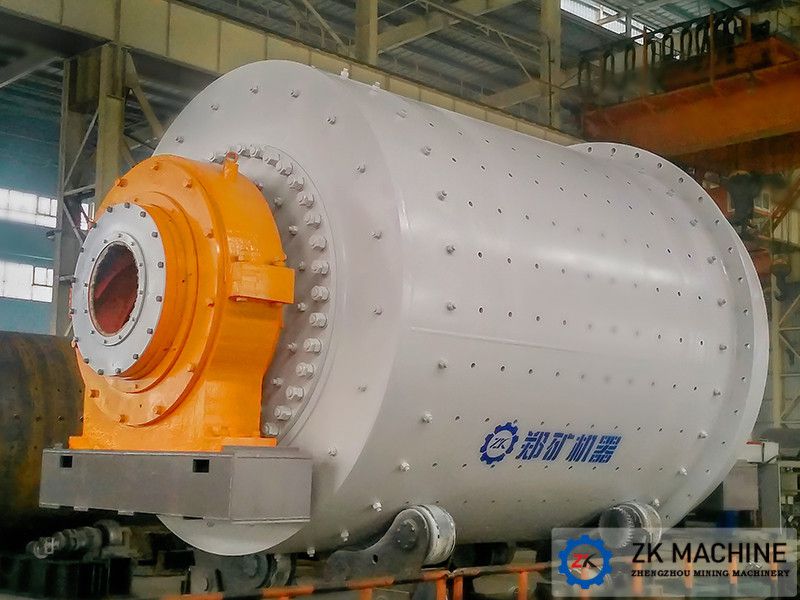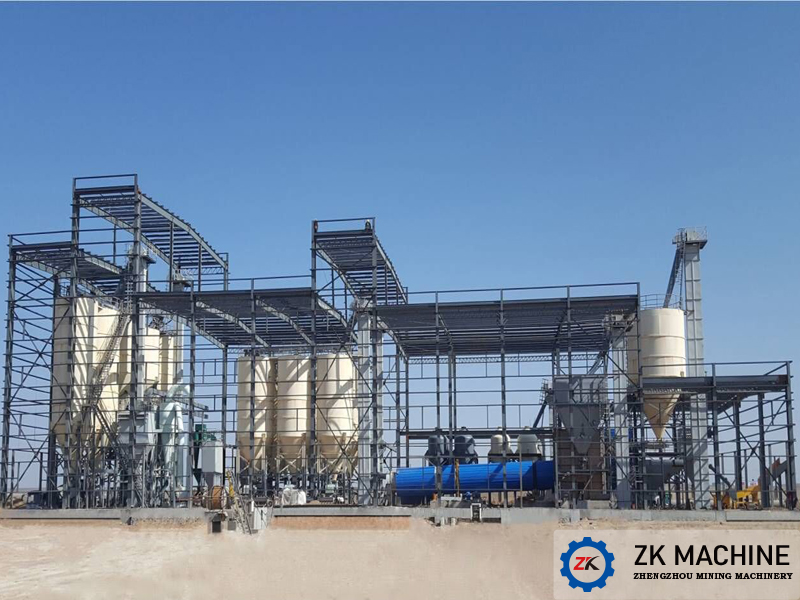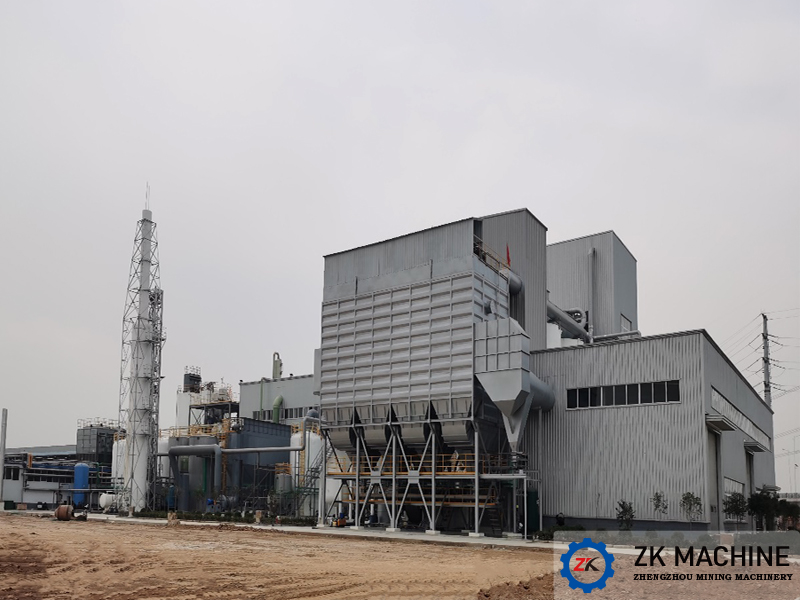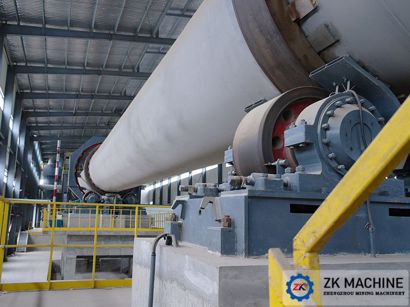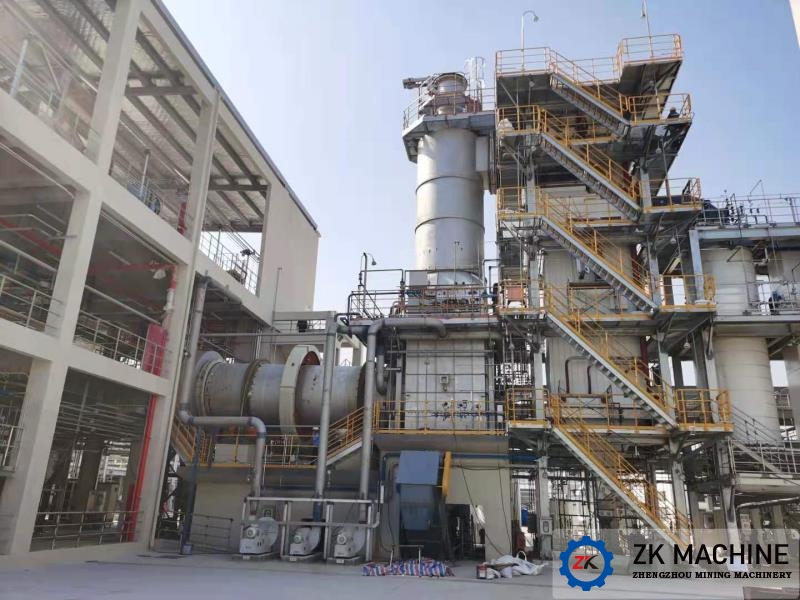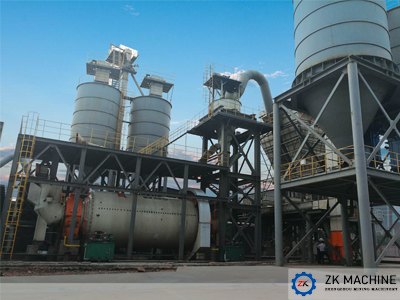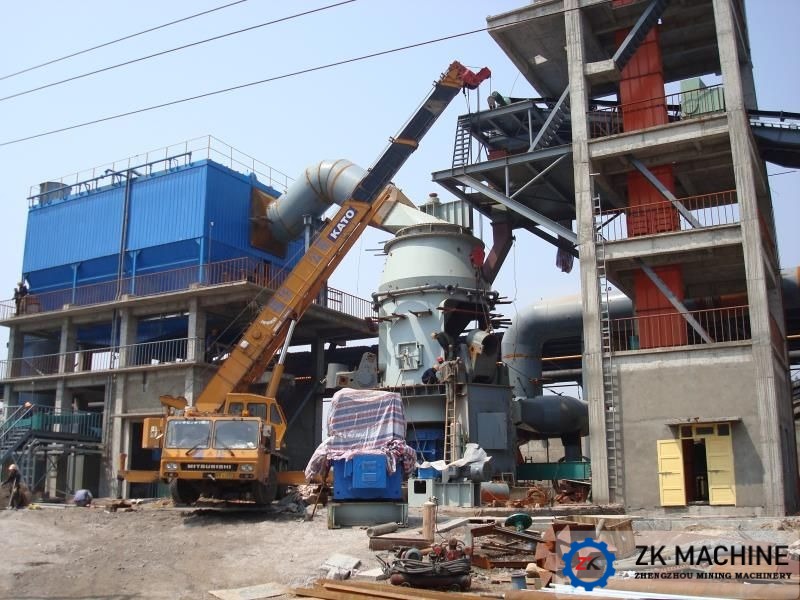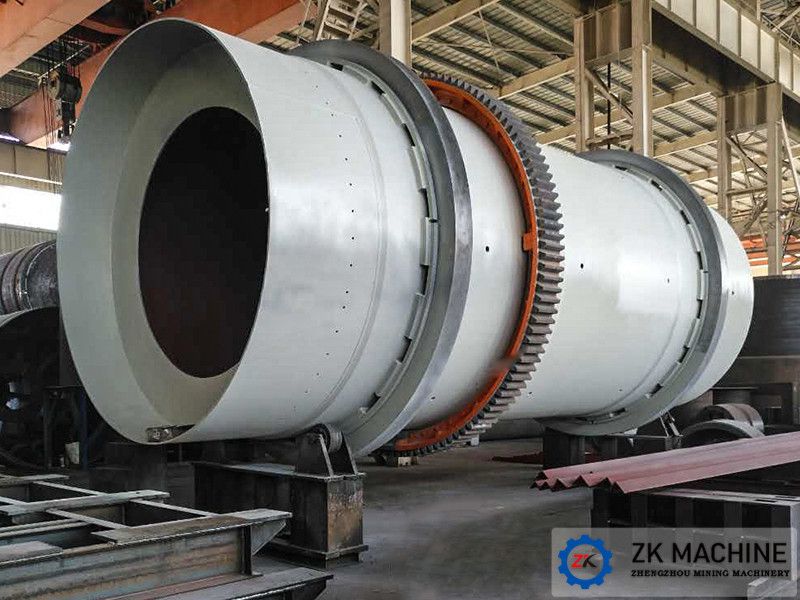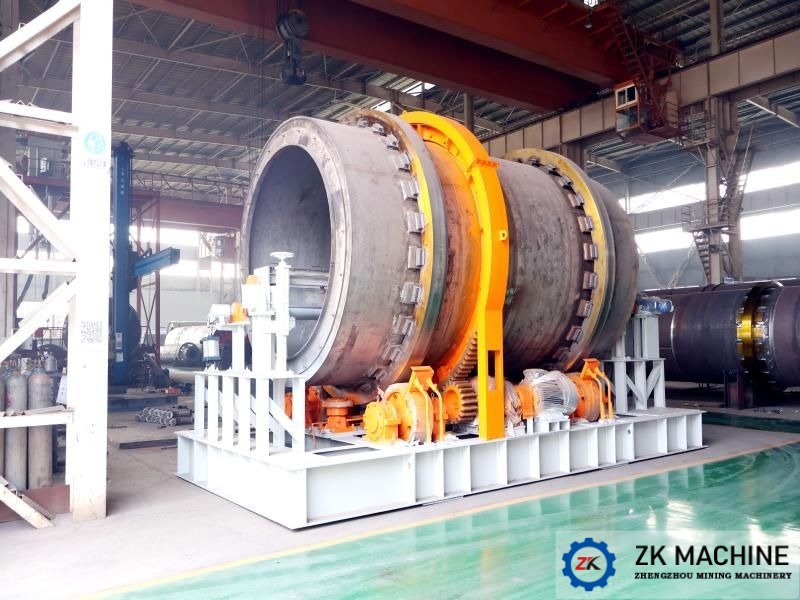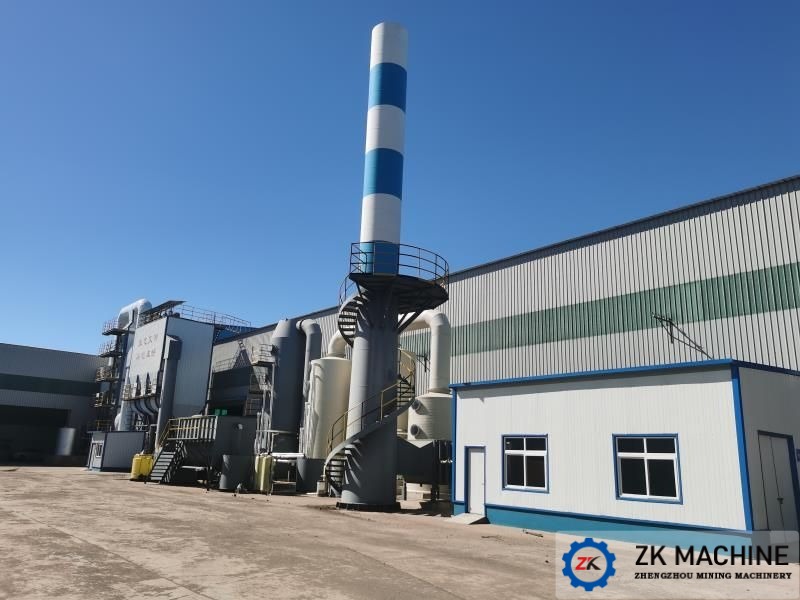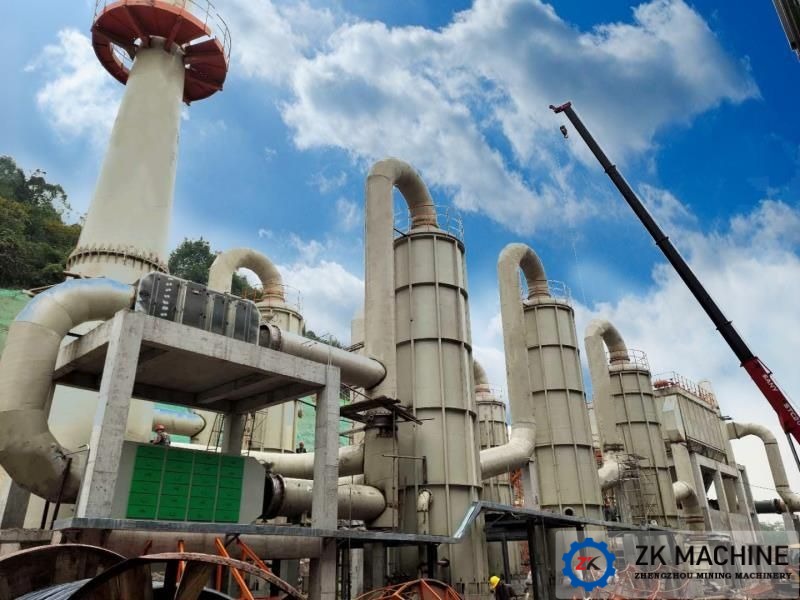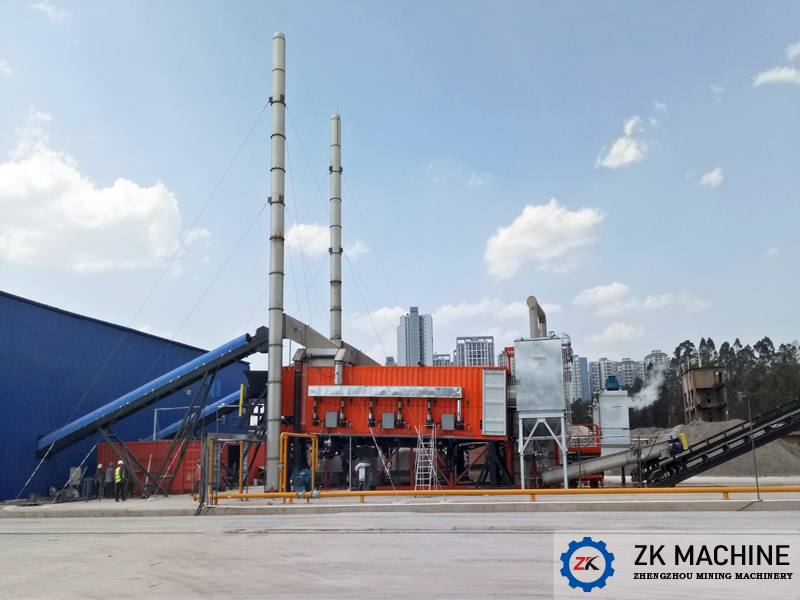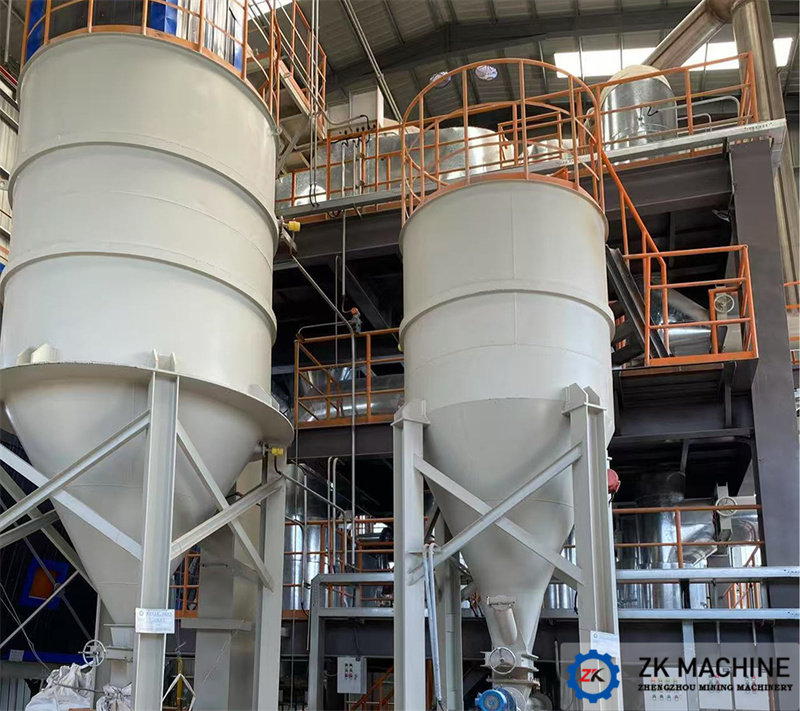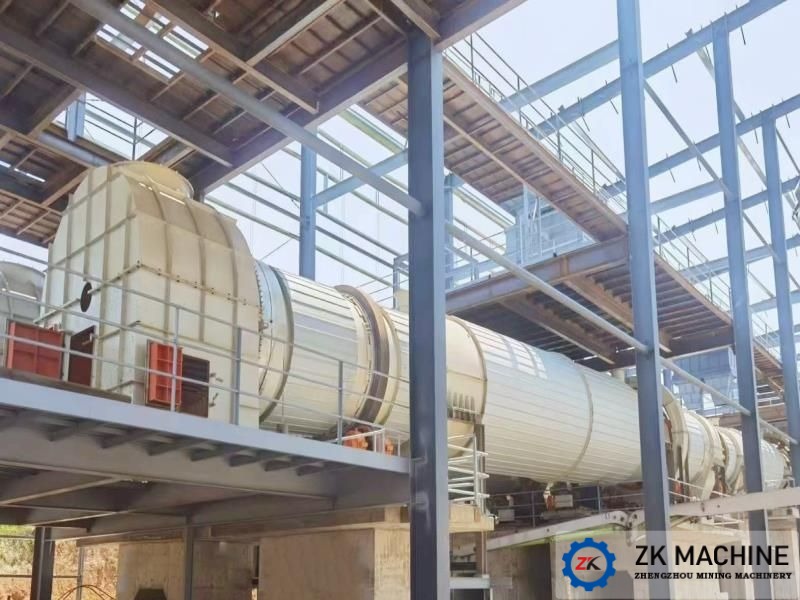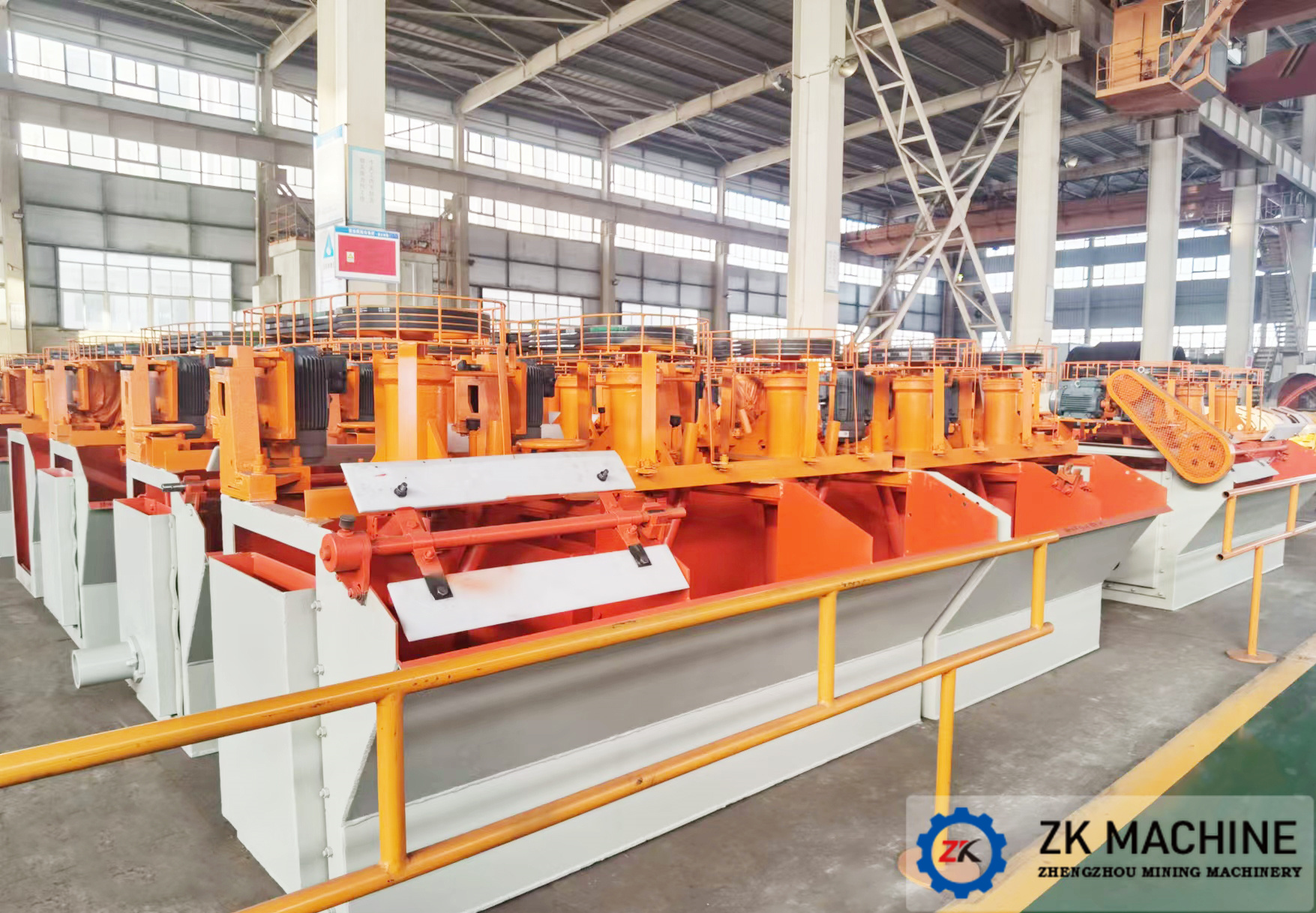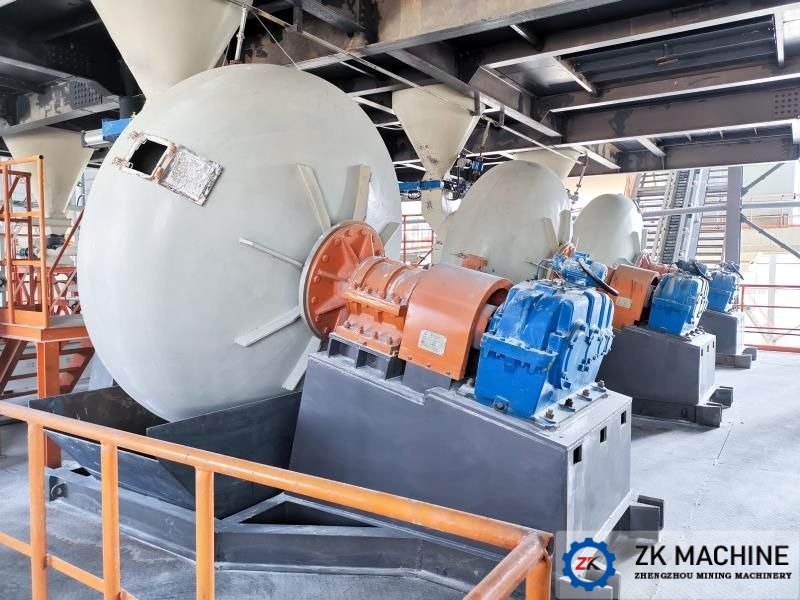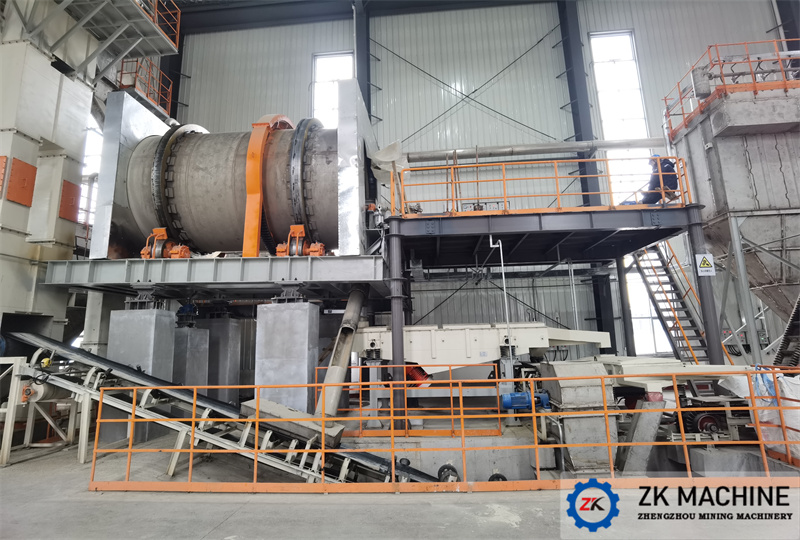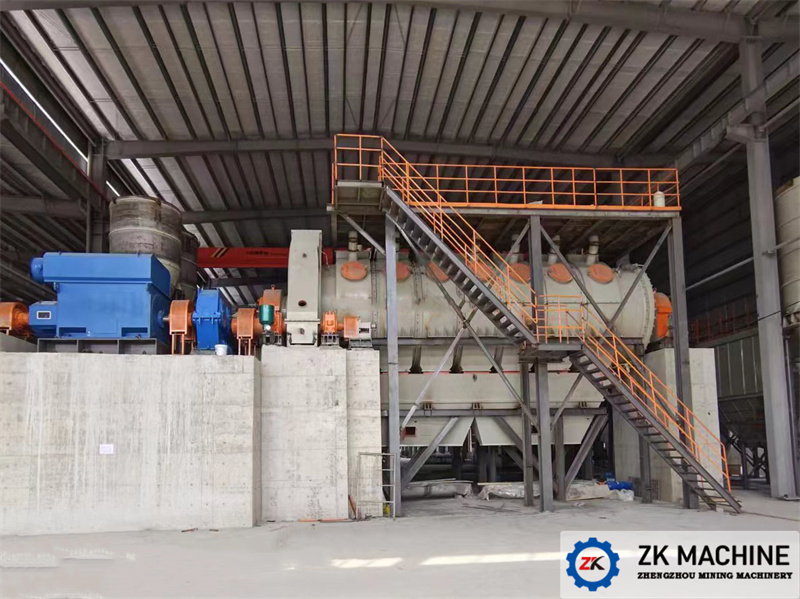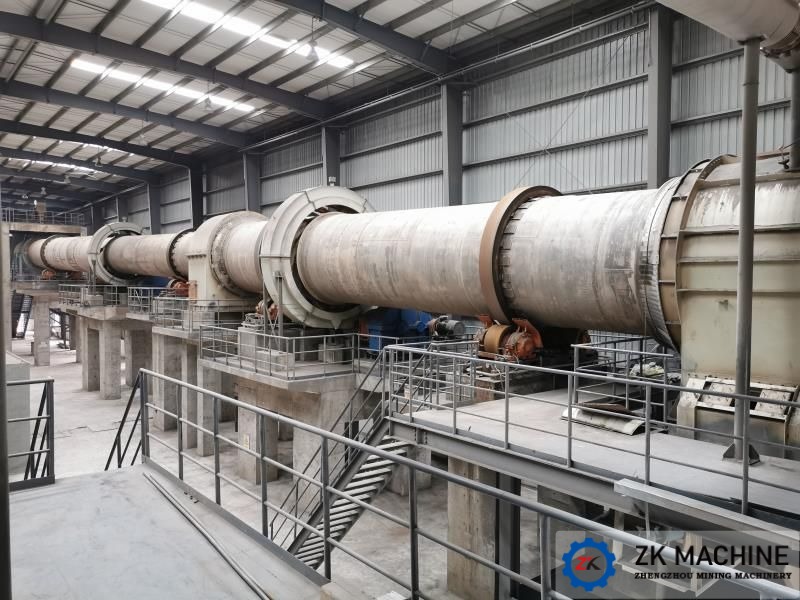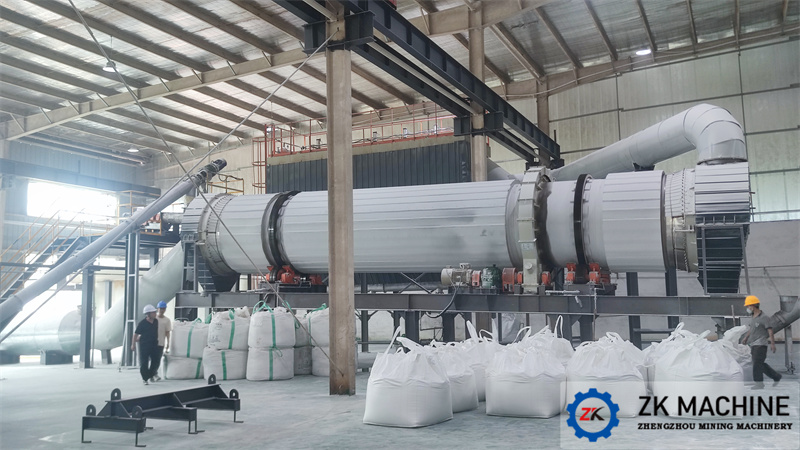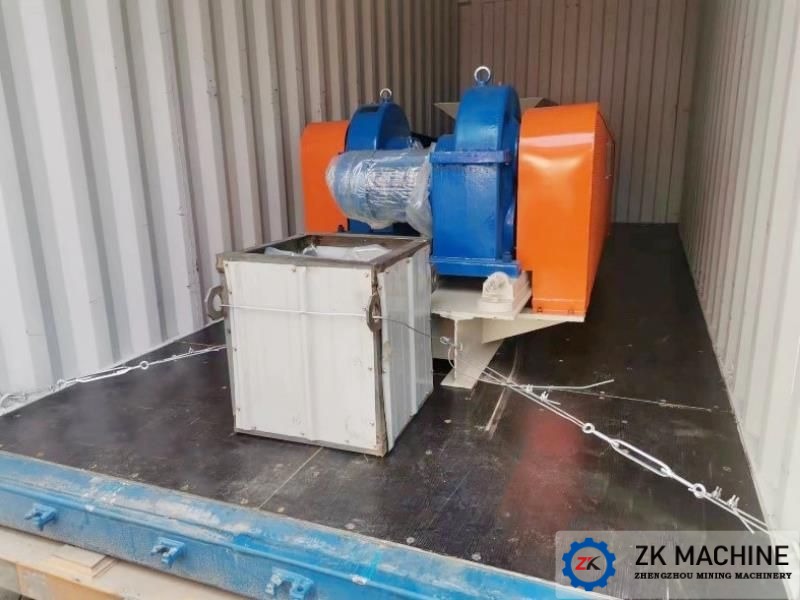Uses of Dead-Burnt Magnesite and Light-Burnt Magnesite
Magnesite is a natural mineral resource often seen in alkaline refractories. After the natural magnesite is calcinated, the magnesium content of the ore can be further increased, which is a common treatment method. According to the degree of calcination and processing technology, it can be divided into light burnt magnesia and dead burnt magnesia. The specific applications of the two are also different.
First, let's get to know magnesite briefly. Magnesite is a magnesium phosphate mineral and is the main source of industrial refining of magnesium. Magnesite is generally white or off-white, with glassy luster, hardness of 3.5 to 4.5, and specific gravity of 2.9 to 3.1. Magnesite also contains iron or manganese, which will replace part of the magnesium, and iron-containing magnesite is generally yellowish brown.
The magnesite is calcined at 750-1100°C and is called light burnt magnesite. After light-burning, the product ground with Raymond mill is called light-burning magnesia powder, referred to as light-burning powder. Since the burning loss of magnesite is generally about 50%, the content of magnesium oxide in the ore can be almost doubled through light burning. Therefore, light burning is the most effective MgO enrichment method. Light burned magnesia has high activity and is an ideal raw material for the production of high-density magnesia. Light burnt magnesia is also used to make cementitious materials such as magnesium-containing cement, heat and sound insulation building materials, and ceramic raw materials. In addition, the light burnt magnesium after chemical treatment can be made into a variety of magnesium salts, which are raw materials in the fields of medicine, rubber, man-made fibers, and papermaking.
Dead burnt magnesia is made by calcination of magnesite at a high temperature of 1800℃. The specific process is: natural super magnesite ore is purified by flotation, light firing, fine grinding, high pressure ball pressing, and ultra-high temperature oil shaft kiln calcination. . After high-temperature calcination, the carbon dioxide in the magnesite completely escapes and has a high refractoriness. Dead burnt magnesia is a refractory material for metallurgy. It can be used to manufacture magnesia bricks, chrome magnesia bricks, magnesia, metallurgical powder, fused magnesia, etc. It is used to smelt special alloy steels, non-ferrous metals and precious metals for medium and high frequency induction furnace linings. In addition, it can also be used as a high-temperature electrical insulation material.

